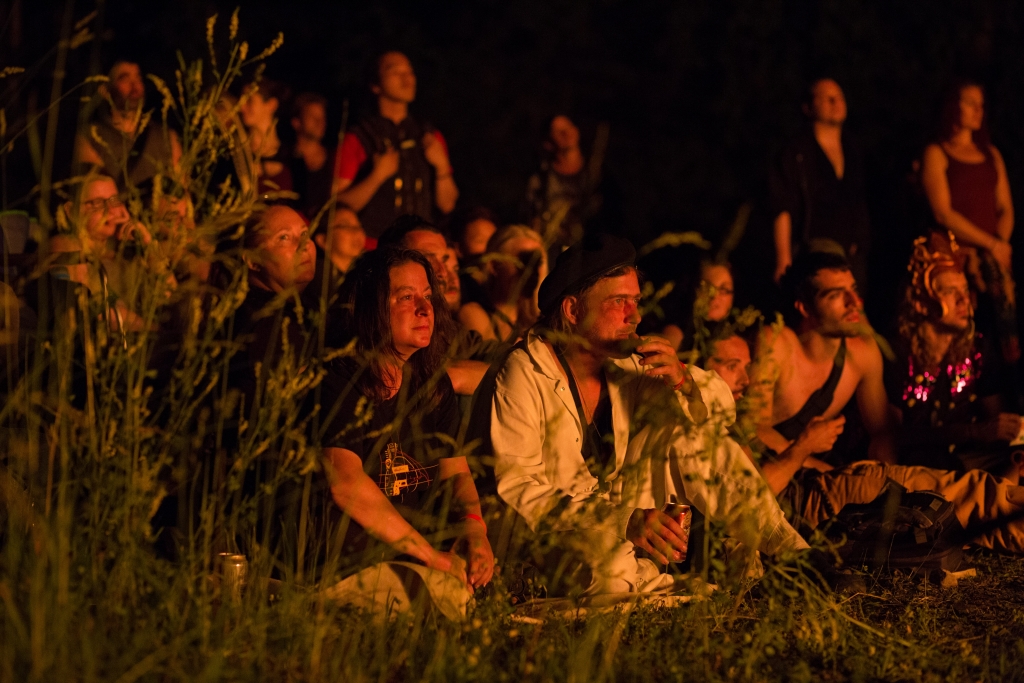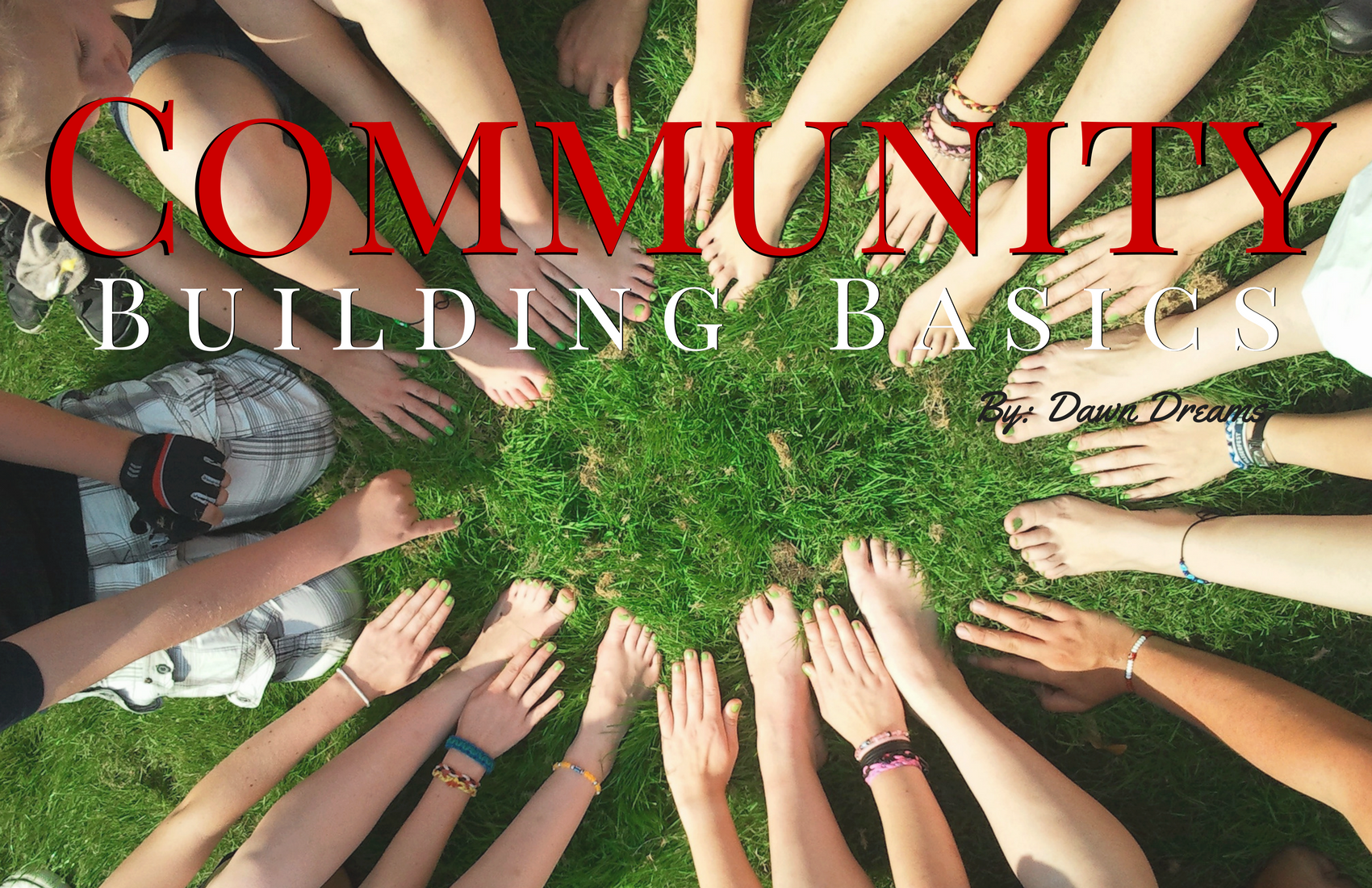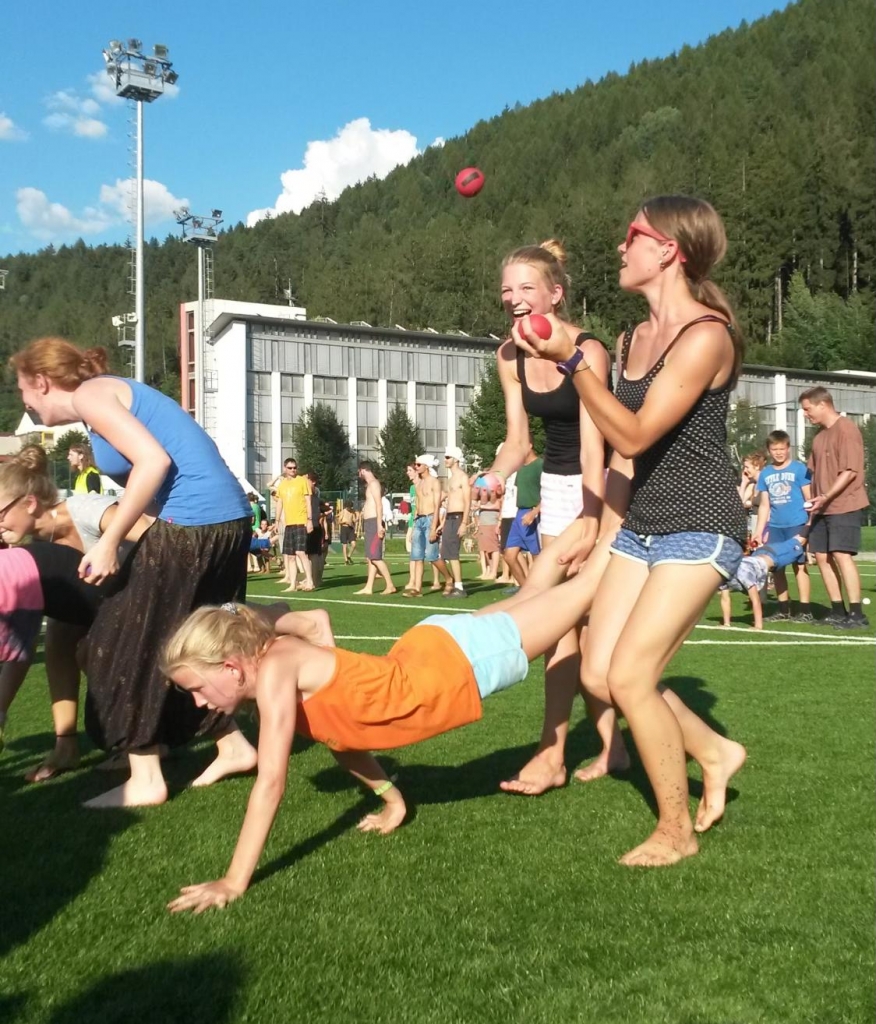
Photo taken by Carter Smith of Czartography https://www.facebook.com/Czartography/ and in the photo is the wonderful Monk E Burnswell who built the effigy from Fahrenheit!
This essay has been in my mind for a long time after huge amounts of community work over the last 15 years of my life. However, it was clarified and informed greatly by a workshop given by Marty Nasralla.
Communities sometimes come together spontaneously. It’s wonderful in those first inspired years where you’ve found your tribe and realized this is what you want to spend your time doing. There are so many reasons to want to share space and time with others, and in fact, being among a supportive community has been shown to increase your lifespan and your health.
It also helps that the Flow Arts are active community bases that promote fitness, physical activities and family-friendly fun, that can include all ages and classes of people. This is awesome, right?
Yet, after a few years, some communities struggle to hold themselves together. The inevitability of human drama starts to seep into our interactions and our beloved communities can splinter, with some members feeling betrayed, disillusioned and isolated.
The good news is, there are people who have been researching communities and how they form and how they stay together over a longer period of time. We can start to borrow those ideas to build stronger bases for our communities and keep our livelihood stronger over longer periods of time. Disagreements are inevitable, but we can make room for this and account for it when building the foundations.
There are four key elements to community that are important to consider when you begin building. Who are the members of that community, where does the community meet and what are the shared goals and interests and atmosphere that is cultivated by the community?
In the Flow Arts, it’s easy to know all of these fairly quickly! Our members are prop enthusiasts, who meet at festivals and online. Our shared goals include leveling up all of our collective skills by sharing knowledge and the atmosphere includes a range of ideas, which are based around inclusion, support, shared visions, connection, belonging, validation, fun, silliness and also serious contemplation about the roles of performance and ourselves as leaders.
In order to keep a community healthy, however, you need to be able to consider the basic structure and logistics. There are 3 major factors that will be present in a healthy community model.
Number one: effective communication and exchange of ideas/needs. This includes how and when to have meetings, and also how to resolve conflict between members. The second factor is effective project management. Basically, how does everything get done? Is there someone on top who delegates, or if a person has an idea are they free to run with it, or does everyone in the group need consensus to move forward? The third and almost most important factor is the community glue. In order to be effective, you have to actually continuously connect to the other members of the management team in a non-logistical manner in which you have fun together and keep the bonds in the group tight. This is how everything stays together when the going gets hard. If you aren’t connecting and having fun, then it’s definitely more difficult to resolve conflict later.
Another big consideration that needs to be understood when community building is how do you make decisions as a group? A lot of the community breakdowns can happen if people are frustrated that they aren’t moving forward, if money becomes an issue, or if communication is breaking down.
For example: have you ever experienced a community where one member of the group says no to every single proposal? This stops all momentum in the group and is frustrating to everyone involved. What can you do to keep moving forward?
Some communities have created a one rule solution: If the person who blocks an idea cannot come up with a better solution within a limited time frame (perhaps one or two weeks), then the other community members are free to advance in their ideas. This type of model helps relieve the frustration of the board members and also inhibits the wet-blanket effect of that one person who negates all ideas as impossible.
Lastly, it is important for the group that is forming to self reflect on its own identity. The identity can help the community make a good vision for the future and form the raison d’etre of the group. A good vision can also help with your decision-making model because it can help you decide if a new proposal is part of the mandate of the community. Again, then you can state that the only reason that one should block proposals are if the proposals don’t fit within the mandate of that community.
Inevitably, the community must move forward, and radical proposals help give renewed energy. The biggest questions should be “is it safe enough to try?”
No matter what you wish to do with your community, if you have an effective leader, someone who can move the energy in the group like a conductor would in an orchestra, then things will be smoother! Leadership can be appointed by the group members, or be a guru with a vision. As long as things are getting done effectively, the community base will begin to thrive.
Marty Nasralla gives amazing workshops on community building. Much of his information is based in the ideas of permaculture communities, and the writings of Diana Lead Christian. I highly recommend you get in touch with Marty for his workshops and knowledge!


